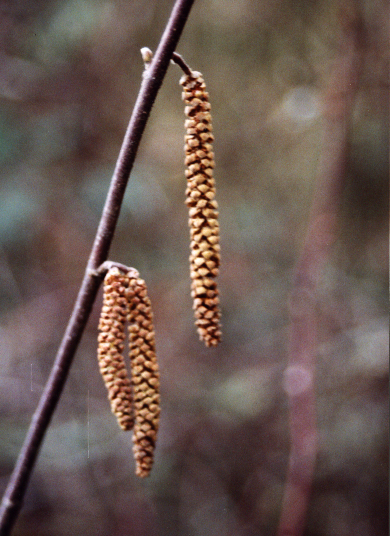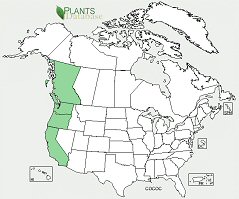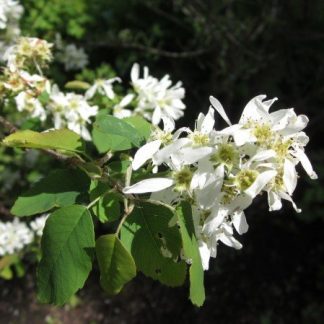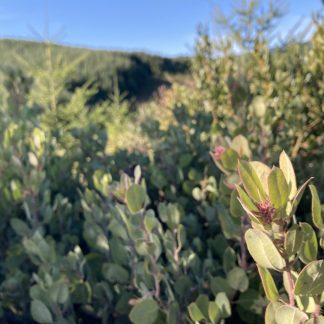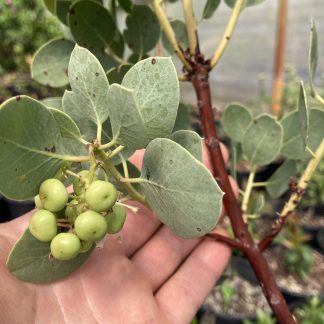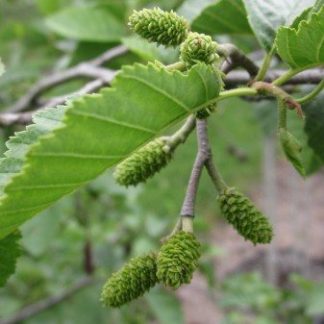Corylus cornuta v. californica
California western hazelnut
Habit: commonly grows as an open, spreading multi stemmed shrub, although occasionally found as a tree. Leaves are oval to circular shaped with a sharp tip and coarsely toothed edges. Male catkins dangle to about 3 in (7cm), where the female flowers resemble a small rounded bud having many vivid red stigma similar to tentacles. The fruit is a hard edible nut enclosed in a small, hairy, beaked bract. Blooms in late winter to early spring before the leaves are emerge. Leaves turn yellow in autumn.
Ecology: found in a limited range west of the Cascades, on the Pacific Coast, from dry open forests to moist areas near water in elevations up to 7000 ft (2133m). Not a predominant plant in any ecosystem unless after a fire.
Growing Conditions: full sun to full shade, moist to dry well-drained soil.
Fruit is edible. Western hazelnut differs from beaked hazelnut in the native range the plant is found, as well as the length of the beak on the bract that surrounds the nut.
Always seek advice from a professional before consuming or using a plant medicinally.
Specs
Deciduous Tree/Shrub
13-40 ft (4-12 m)
13-18 ft (4-5 m)
3b-9b

